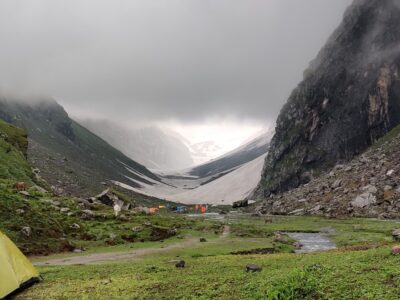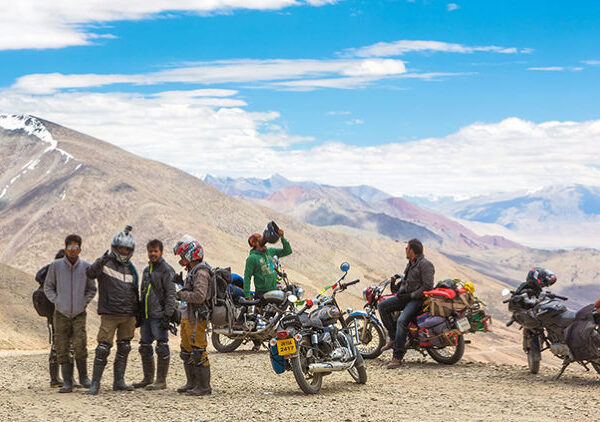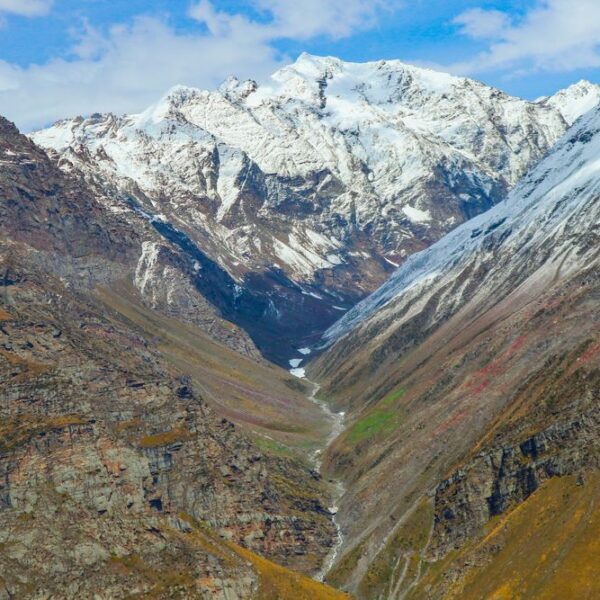How to visit the flower national park valley in India
In northern Indian Uttarakhand Province, Nepal, and the Tibet border, the stunning scenery of the Flower Valley National Park is revived with rain monsoons.
This Himalayan Valley of high height has approximately 300 different varieties of alpine blooms, which appear as brightly colored carpets against snow-covered sky conditions. It is 87,5 km2 and was designated a National Park in 1982. The park is 55 miles. It’s a World Heritage Site for Unesco. A glacial corridor, about five kilometers wide and two kilometers (1,2 miles) wide, is the largest valley of flowers.
The trekking route to the flower valley was badly damaged by the flood in 2013. Valley reopened for the whole season in 2015.
Location
The National Park Valley of Flowers is situated in Chamoli Garhwal, near the National Park Nanda Devi. The distance between Delhi is approximately 595 kilometers (370 miles) and the height is between 10,500 and 21,900 meters.
Dehradun is 295 km away from the closest airport (183 miles). Rishikesh, 276 kilometers (170 miles) north, is the next train station.
How to get there
Some efforts are needed to reach the valley of flowers trek. The trip began in Pulna Village near Govind Ghat. To get to the starting point, you have to travel about 10 hours by road to Joshimath from Dehradun, Haridwar, or Rishikesh. The route is on our way to Badrinath Temple and this article has more information about transportation options.
From the village of Pulna you must travel to the Basic Camp in Ghangaria. After the 2013 flood, the road has been transferred in many places and the total distance has increased from about 13 kilometers (8 miles) to 16 kilometers. However, the new road from Govind Ghat to Pulna Village will knock about one hour from the time of your trip. Depending on your fitness level and how fast you travel, you can expect it to take six to eight hours. Note that there is a checkpoint near the beginning of the trip and you will not be allowed to cross it after 2 things. So, go as early as possible!
The beginning of the main valley, where all flowers, are 3 kilometers further (1.8 miles) from Ghangaria. The trip has become steeper since the flood, as part of the road has been rebuilt. In the valley, you have to travel for 5-10 kilometers further to see all the flowers.
How difficult is the trip?
The first stretch, from Guvind Ghat to Ghangaria, it’s easy enough to be quite difficult. It becomes heavier after that. However, you will feel at the top of the world in this magical and enchanting place. Exotic flowers and leaves can be found along the route from Ghangria to the main valley.
Those who are worried about the fitness level they can employ a porter at Govind Ghat to bring their luggage to Ghangaria or ride mules (or even go with a helicopter if the weather is fine).
When visiting
The flower valley was open only between early June and early October because it was covered with snow all year round. The best time to visit is between the middle of July and the middle of August, when the first monsoon rain flowers whole.
If visiting before July, you will hardly find interest at all. However, you will be able to see the snow and melted the glacier. After mid-August, the color of the valley changed quite dramatically from greening to yellowish, and the flowers slowly died. In September, the weather became clearer with a little rain but flowers began to dry.
In connection with the weather, the temperature becomes quite cold at night and in the morning.
Opening hours
To prevent trekkers and livestock take too many victims in the park, access to the valley of the flower is limited at daylight (from 7am to 5 p.m.) and camping is prohibited. You have to go from, and go back to, Ghangaria on the same day.
Entrance and fees
The entry fee is 650 rupees for foreigners and 150 rupees for India for a 3 day pass. Every additional day is 250 rupees for foreigners and 50 rupees for India. There is a checkpoint of the Ministry of Forestry less than one kilometer from Ghangaria, which marks the official start of the Valley of Flowers. This is where you pay money and get your permission.
Hope to pay 1,000 rupees up per person for porter or mules (depending on demand), for a trip to Ghangaria. Cheap plastic raincoats are also available for purchases at Govind Ghat. The guide will cost around 2,000 rupees. Travel with one-way helicopter from Govind Ghat to Ghangaria (or the opposite direction) costs around 3,500 rupees per person.









